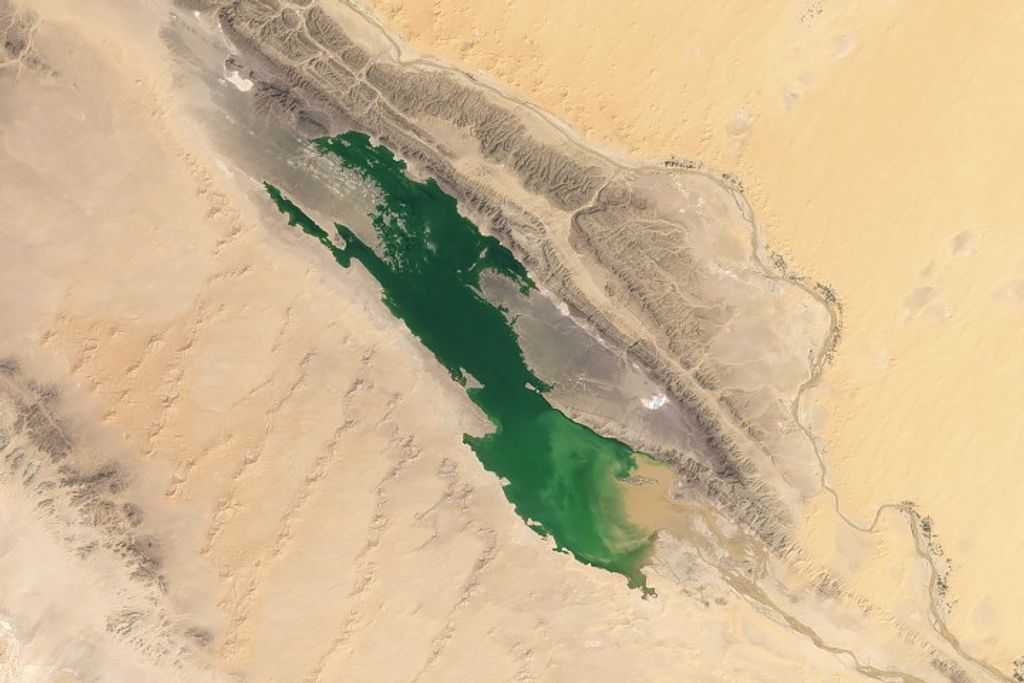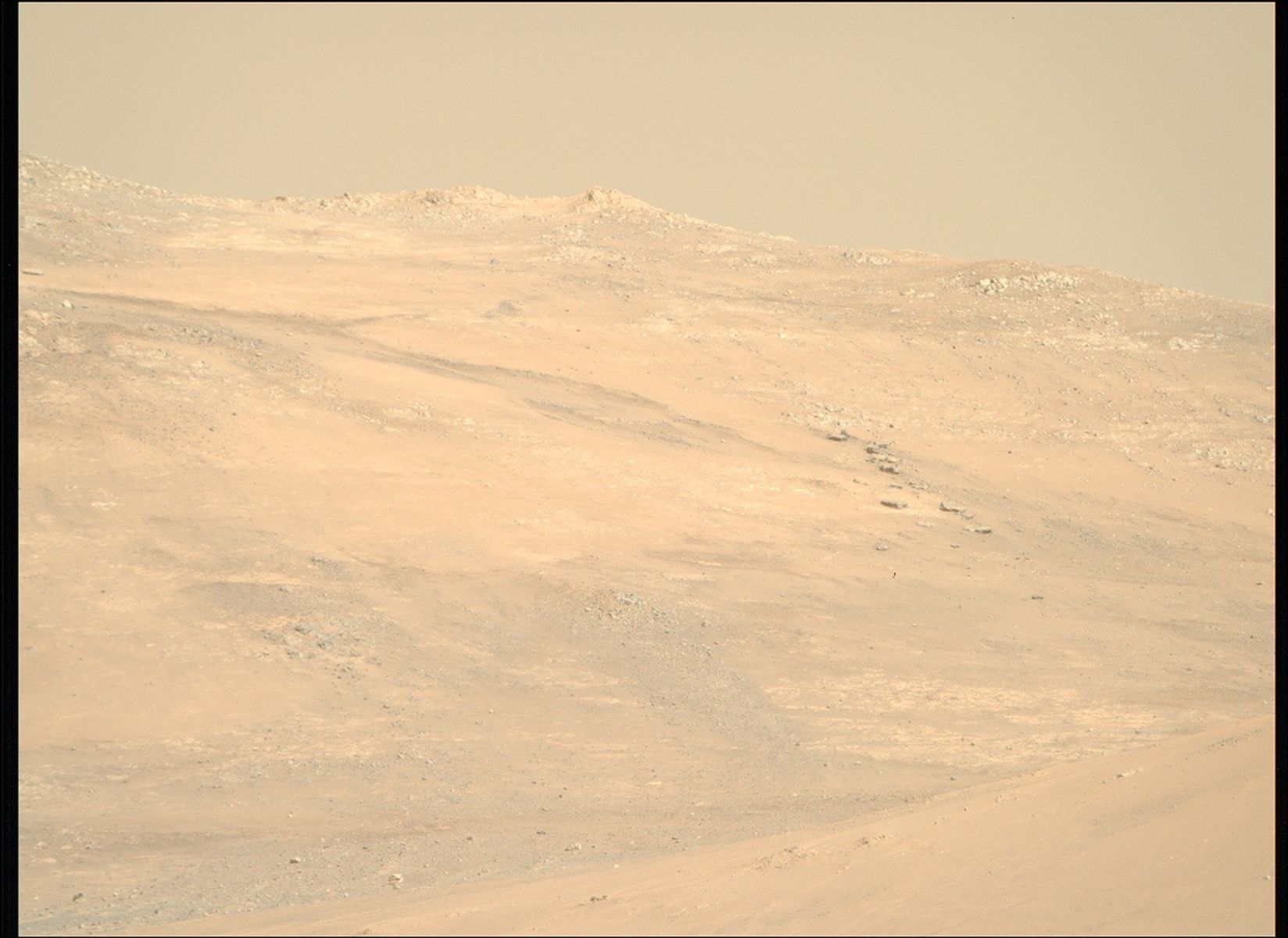Surveyor 5
Type
Launch
Target
Objective
What was Surveyor 5?
NASA's Surveyor 5 lander was the first spacecraft to do a soil analysis on the Moon, or any other world. The mission nearly failed due to a leak in the spacecraft's thruster system, but engineers managed to land the spacecraft safely.
- The spacecraft returned more than 20,000 photographs over three days.
- The probe made one of the most significant finds of the Surveyor missions—that the Moon's surface was likely basaltic and therefore conducive to human exploration.
| Nation | United States of America (USA) |
| Objective(s) | Lunar Soft-Landing |
| Spacecraft | Surveyor-E |
| Spacecraft Mass | 2,218 pounds (1,006 kilograms) |
| Mission Design and Management | NASA JPL |
| Launch Vehicle | Atlas Centaur (AC-13 / Atlas 3C no. 5901C / Centaur D-1A) |
| Launch Date and Time | Sept. 8, 1967 / 07:57:01 UT |
| Launch Site | Cape Canaveral, Fla. / Launch Complex 36B |
| Scientific Instruments | 1. TV Camera 2. Alpha-Scattering Instrument 3. Footpad Magnet |
Key Dates
Sept. 8, 1967: Launch
Sept. 11, 1967: Lunar landing
Dec. 16, 1967: Loss of contact with Surveyor 5
In Depth: Surveyor 5
Surveyor 5 was similar to its predecessor, but the surface sampler from the earlier vehicle was replaced by an alpha-backscatter instrument to determine the relative abundance of the chemical elements in lunar material. In addition, a small bar magnet was installed on one of the lander’s footpads to indicate whether the lunar soil had magnetic properties.
Overcoming a near-fatal helium leak in a pressure regulator, engineers from NASA's Jet Propulsion Laboratory and Hughes Aircraft Company (the prime contractor for the spacecraft) expertly managed to safely land Surveyor 5 on the surface of the Moon in the southeastern region of Mare Tranquilitatis at 1.42 degrees north latitude and 23.20 degrees east longitude at 00:46:42 UT Sept. 11, 1967.
The malfunction put the lander about 18 miles (29 kilometers) away from its target in an angular incline within the slope of a rimless crater.
Surveyor 5 was, however, the most successful of the series so far. The lander returned 18,006 photos before lunar night descended on Sept. 24, 1967. Controllers successfully commanded the vehicle to take another 1,000 photographs during the second lunar day between Oct. 15 and Oct. 24, 1967, and the fourth lunar day in December. In total, 20,018 pictures were transmitted.
In a new experiment, on Sept. 13, 1967, controllers fired the main engine for 0.55 seconds to examine the effects of disturbing the lunar surface. NASA announced that no new craters were created, nor was there any significant dust cloud due to the firing.
The alpha-scattering instrument had earlier been activated and found the soil to be composed of more than half oxygen with various amounts of silicon and aluminum.
Contact was lost with the lander on Dec. 16, 1967.
Key Source
Siddiqi, Asif A. Beyond Earth: A Chronicle of Deep Space Exploration, 1958-2016. NASA History Program Office, 2018.


































